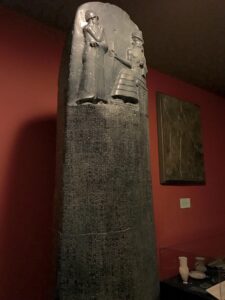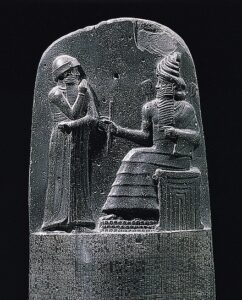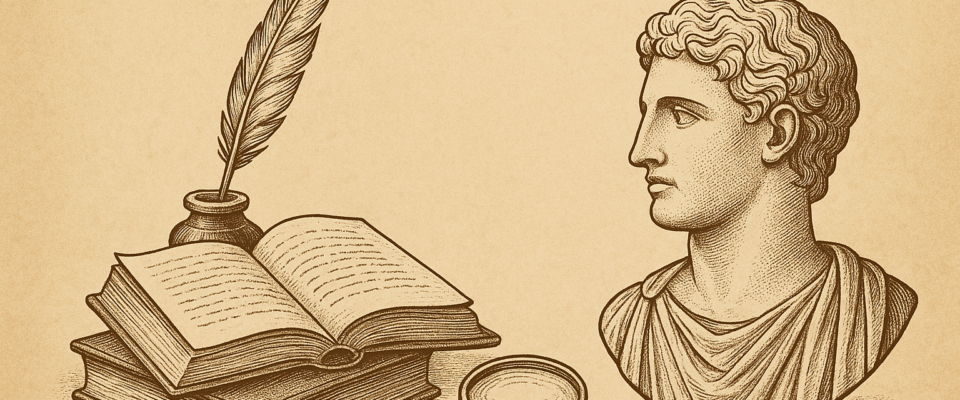bv The Code of Hammurabi – The First Medical Regulations in Human History
When the Greek historian Herodotus visited Babylon in the 5th century BCE, he wrote that there were no doctors there, and that the sick were brought to the marketplace to seek advice from people who had suffered similar ailments. However, archaeological and historical evidence has proven the opposite: the Mesopotamian region had a complex medical tradition, combining both practical treatments and magical-religious practices.


The most important evidence is the Code of Hammurabi — the oldest surviving written code of laws in the world, issued under King Hammurabi (1792–1750 BCE), who is remembered more for his legal reforms than his military or political conquests.
Key Medical Regulations in the Code of Hammurabi
The Code contains numerous provisions directly related to medicine, including regulations on illness, surgery, midwifery, veterinary medicine, and medical malpractice. Notably, it clearly distinguishes between physicians dealing with internal diseases (priests, who were not subject to criminal penalties) and surgeons (who were accountable before secular authorities due to their direct interventions).
Some notable provisions include:
If a surgeon saves a noble’s life → rewarded with 10 shekels of silver.
If the surgeon causes the noble’s death or damages his eye → the surgeon’s hand is cut off.
If the surgeon causes the death of a slave → they must replace the slave.
If they damage a slave’s eye → they must pay half the slave’s value.
Eye surgeries, bone setting, and sprain treatments all had separate fee scales depending on the patient’s social rank.
Additionally, harsh penalties were prescribed for wet nurses if the children they cared for died under their supervision.
Historical, Legal, and Medical Significance
The Code of Hammurabi is not just a legal treasure but also a valuable historical source that reveals how Babylonian society viewed the medical profession:
Medicine was considered a skilled and responsible craft, not just a religious or magical practice.
Patients, whether nobles or slaves, were granted certain legal protections.
Fees, punishments, and social hierarchies were clearly regulated, reflecting both the social structure and ethical standards of the time.

